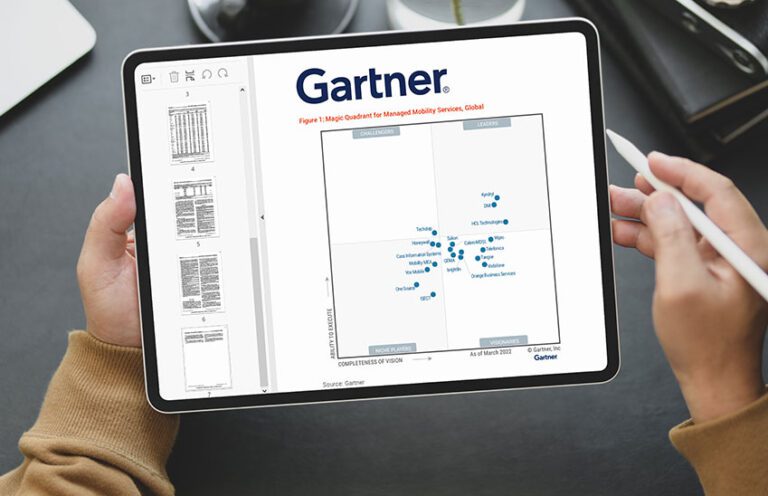Introduction to recessions in 2022
A recession is a broad term used to describe an economic downturn. The United States National Bureau of Economic Research (NBER), a nonprofit organization whose business cycle committee tracks peak and trough months of economic growth, instead defines a recession as a widespread contraction in the economy that lasts more than a few months, with each of the three criteria—depth, diffusion, and duration—being met to some degree.
The NBER uses several indicators in its calculation of a recession’s start and end dates:
- A peak in real gross domestic product (GDP) or employment;
- A decline in nonfarm payroll employment lasting at least six months;
- A decline in industrial production for two consecutive quarters;
- A decline in retail sales for four consecutive months; and/or
- A decline in income from operations or net worth for two consecutive quarters.
Former Federal Reserve economist Claudia Sahm said in a recent TIME article, “although the technical definition of a recession is two consecutive quarters of declining GDP, a measure of economic growth, that is not enough to make the call.”
Key factors in a recession
The US economy has experienced numerous recessions, the last one being in 2008. While it can be challenging to predict when a recession will happen, there are some key factors that can cause one. The financial crisis in 2008 was spurred by inadequate lending standards and a housing crisis, or the dotcom crash in the early 2000s. The Federal Reserve, the central bank that oversees America’s monetary policy, works to prevent recessions through its policy decisions. In recent months it has increased interest rates to combat inflation.
The Fed raises interest rates when it believes the economy is growing too quickly and that prices are rising too quickly as a result. The goal is to slow down spending so that inflation does not get out of hand.
Are we currently in a recession?
The U.S. economy has been in a slow recovery since the Great Recession of 2008, but experts are divided on whether we are currently in recession. While economists agree that we are not currently in a recession, the future is uncertain. A survey of 49 U.S. macroeconomists conducted by the Financial Times and the Initiative on Global Markets found that more than two-thirds believe a recession will hit in 2023.
What should tech leaders and executives do?
The United States is currently dealing with unemployment rates rising and the stock market dropping since April 2019. While this is not the first time for this kind of situation, recent reports say that it’s possibly worse than during the 2008 financial crisis.
In a blog post on July 22, 2022, Forbes reported the responsibilities that executives and tech leaders need to take. Executives have the opportunity to address the economic downturn head-on, making business decisions that consider the future.
According to Forbes, companies must:
- Be flexible with business strategy adjustments.
- Consider the financial portfolio.
- Reduce spending if necessary.
- Maximize value by focusing on top products, projects, and investments.
- Create plans to reduce risk.
How IT Financial management can help:
Many companies rely on technology to power their business processes and achieve their goals. As a result, tech leaders are facing the challenge of finding ways to remain competitive during a recession. The IT financial management process is important for both the IT department and upper-level management in a company. It helps set clear policies and procedures to ensure the businesses work closely with IT to maximize their investments.
In order to be effective, it includes processes for collecting and analyzing information from different stakeholders and audience. With the help of purchase drivers, you can improve your ITFM process.
ITFM tools help:
- Collect data on IT spending and consumption. To build a transparent, IT cost model using such data.
- Set up a variety of perspectives of IT cost by asset class and usage.
- Manage IT budgets and planning.
- Process resource consumption statistics to help allocate IT costs. Data on IT spending should be segmented by technical function and service.
Review IT investments across the organization
In today’s world, many organizations are challenged with a growing list of IT assets and services that must be managed. This can be anything from a new cellphone plan to standing up an entirely new location. Each of those investments creates associated IT-related invoices that contain critical data for IT leaders.
IT leaders can use that IT invoice data from across the organization to understand where spending is occurring. They can also identify trends in spending over time and see how they compare to prior years.
The challenge is that IT costs are often scattered in multiple systems. Further, these various systems often measure costs in different ways based on the category they fall under. In order to solve these challenges, organizations need to understand where their spending is going vs. the plan they have in place.
IT leaders need a centralized system to view their expenses across multiple categories, such as mobile, fixed telecom, and cloud. They also need insights into which teams or departments are using these services most often so they can better align their spending with business priorities.






